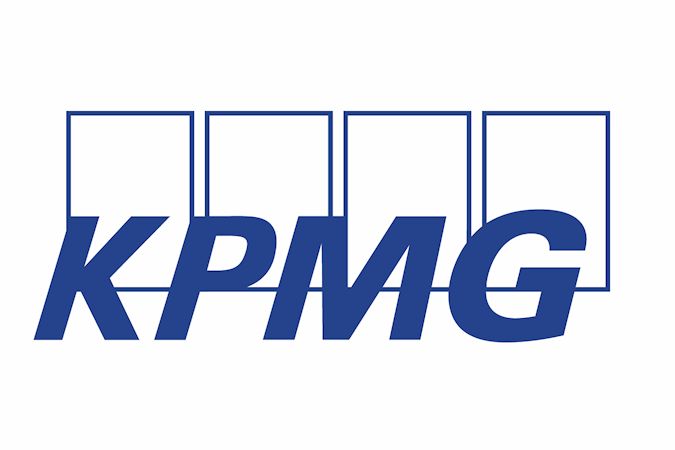Business rates biggest concern for trade, reveals SLTA half-year survey – but there are signs of growth
BUSINESS rates remain the biggest concern for the Scottish Licensed Trade Association, according to the industry body’s half-year review published earlier this month. Three-quarters (76%) expressed concern about rates – up from 57% in January.
The review, sponsored by KPMG UK, contains key insights on Scotland’s burgeoning food and drink sector and suggests that while there are signs of growth there are also concerns. It is based upon quantitative research from 600 frontline retailers covering the length and breadth of the country.
Colin Wilkinson, secretary of the SLTA, said: “Our survey is an indicator of the key challenges facing the many small to medium-sized businesses that trade within the wider hospitality sector, covering pubs, clubs and small hotel groups.
“After successive years of decline, we are starting to see some emerging signs of growth with 38% of businesses reporting increases, but this is against a backdrop of long-term decline with 39% of businesses showing year on year decreases.
“We have huge concerns about changes to the rates system, and despite government interventions a massive 76% of respondents call this out as the biggest issue they face.”
Wilkinson said that in this survey operators were specifically asked what the Scottish Government could do to assist business owners. “Addressing imbalances in the commercial rating system and looking at reduced VAT in the hospitality sector were called out as the two biggest needs by our respondents,” he said.
The survey also highlights the huge pressure for retailers serving rural and tourist locations with 46% showing a decline over the first half of 2017 versus the prior year. Wilkinson added: “Many village pubs are integral to tourism and the community within rural areas, and the decline in this area is sadly likely to lead to further closures and wider impacts on tourism and employment.”
One area of positive news is that more and more on-trade retailers are stocking beers, spirits and soft drinks from local and independent craft producers. SLTA chief executive Paul Waterson commented: “As a sector we have a massive role to play in delivering Scotland’s tourism and food and drink ambitions, so I am delighted to see the growth in outlets stocking craft spirits.”
EXECUTIVE SUMMARY
Retail Headlines
– For the first half of 2017, 38% of businesses were reporting an improved year on year performance, versus 28% reporting growth at the end of 2016.
– There is a continued challenge for outlets in rural/countryside locations, with 46% reporting declines.
– Owning multiple outlets allows operators to protect themselves against macro-economic challenges, where 58% are showing growth, versus only 29% for single outlet operators.
– Food, Soft Drinks and Craft Beer outperform other drinks categories, with 73% of outlets growing or stable in food, 87% in soft drinks and 73% in craft / independent beer.
– We are also seeing more and more outlets using independent / craft brands to support other local businesses and differentiate themselves. 53% of outlets are stocking more craft / independent spirits than last year.
– 49% of outlets report a decline in total beer sales which is broadly similar to the 52% decline reported at the end of 2016.
Macro-Economic Challenges
– Government legislation is consistently a key challenge facing businesses. 60% of outlets flagged this as a big concern, and of major concern are changes to the commercial rating system with 76% expressing a concern.
– What can the Scottish Government do to help my business
– Respondents had a wide range of answers, including no more referendums, introducing growth grants for small businesses. The biggest areas where government can help is addressing commercial rates concerns and reducing VAT in hospitality.
Outlook
– The long-term outlook is slightly more optimistic than the actual year to date with 69% expecting growth or stability for rest of year, vs 61% actual growth for the year to date.
– As expected, operators in rural / countryside locations are less optimistic than counterparts in cities / suburbs with 50% anticipating growth or stability vs 70% in city centres/ suburbs.
All data copyright SLTA 2017

